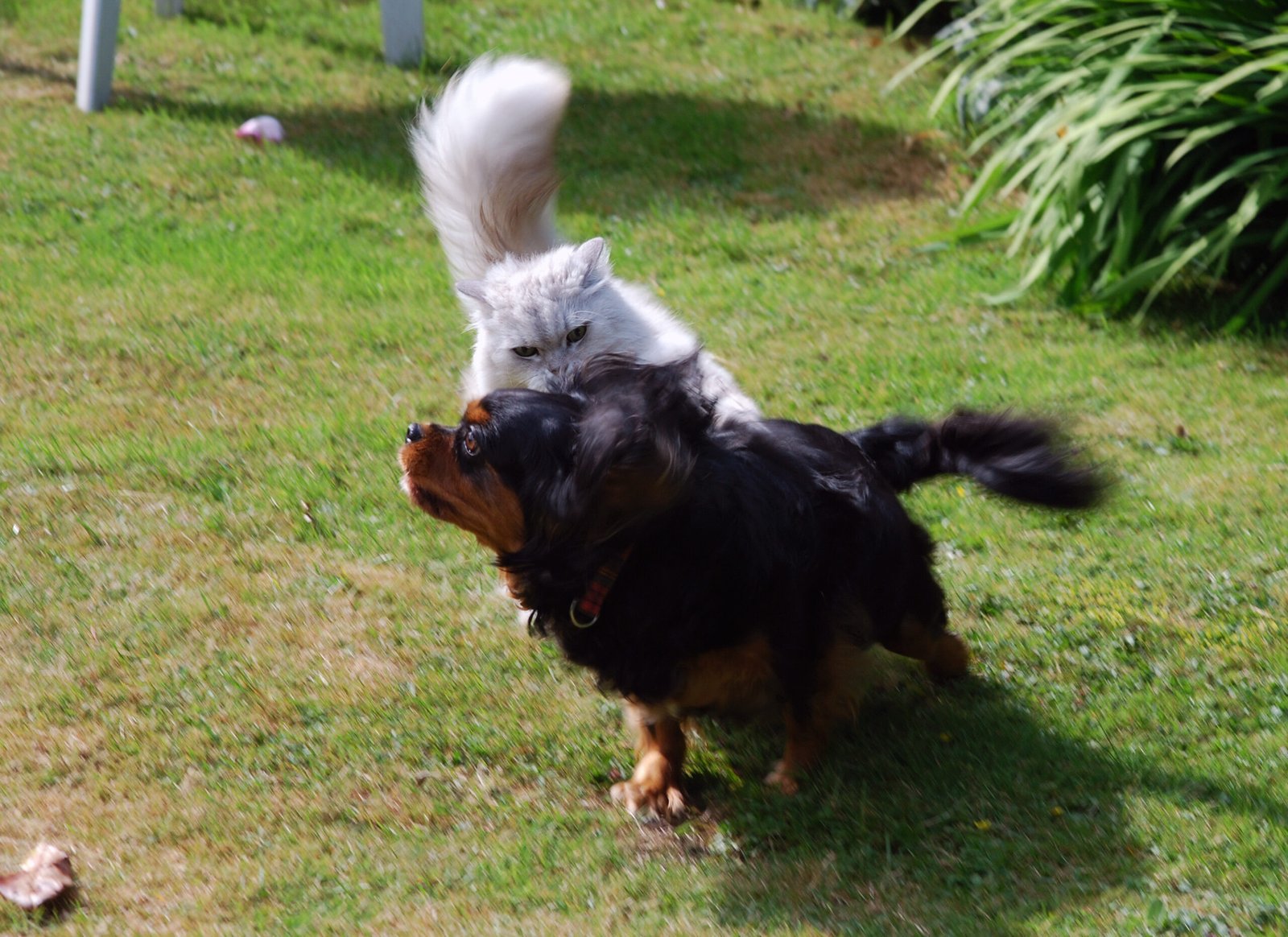Dogs and cats are often portrayed as natural enemies, yet many dog breeds have proven this stereotype wrong by demonstrating that they can indeed befriend their feline counterparts. However, some breeds find it challenging to coexist with cats due to their inherent instincts and nature. For dog lovers who also have a fondness for cats, understanding which breeds are more likely to befriend cats versus those that may struggle is vital. Let’s delve into the captivating world of canine-feline relationships and explore these 20 dog breeds.
Golden Retriever: The Gentle Giant
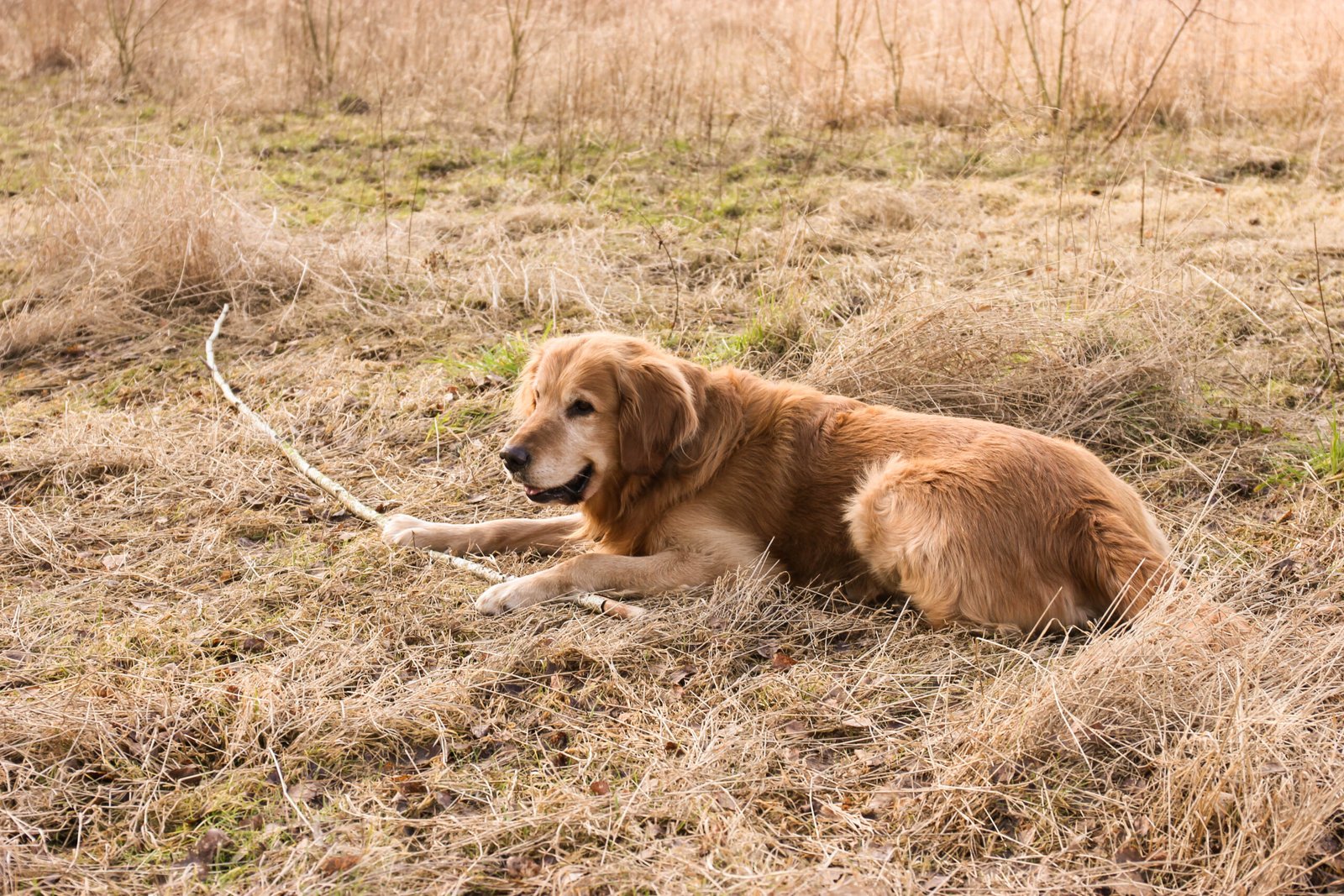
Golden Retrievers are known for their friendly and gentle nature, making them one of the top dog breeds that easily befriend cats. Their patient demeanor allows them to tolerate the quirks of a feline friend. Often, they are seen lounging around with cats, sharing spaces without a fuss. Golden Retrievers have a natural inclination to be friendly to all creatures, including humans, other dogs, and yes, even cats. They are like the peacekeepers in the animal kingdom, always ready to build a bridge rather than a barrier. Their loyalty and playfulness can make them an excellent companion for a cat, ensuring a harmonious household.
Labrador Retriever: The Playful Companion

Labrador Retrievers are another breed that is renowned for their loveable and friendly nature. They are playful and can match a cat’s energy, making them great companions. Labs are often eager to make friends and are less likely to instigate conflict with cats. They see cats as potential playmates rather than adversaries. With their easy-going and adaptable nature, Labradors can adjust to various living situations, including those with feline companions. Their patience and enthusiasm can turn a dog-cat relationship into a beautiful friendship.
Poodle: The Intelligent Peacekeeper
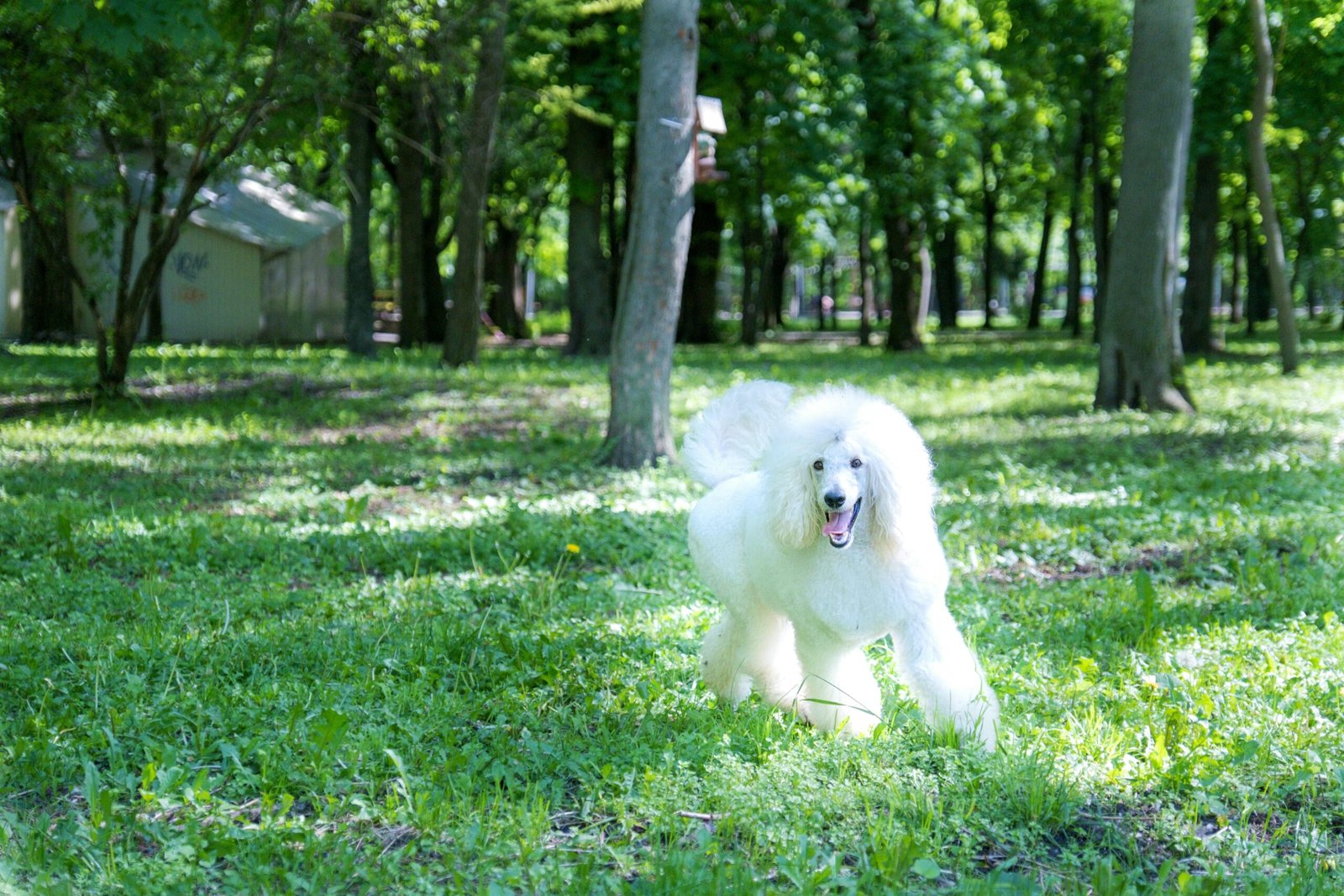
Poodles, with their sharp intelligence and gentle disposition, can often form strong bonds with cats. They are known for their ability to quickly assess situations, which means they can understand a cat’s boundaries and respect them. Poodles come in various sizes, from toy to standard, allowing for flexibility in households with cats. Their sociable nature makes them excellent companions for both humans and other animals. Poodles can engage in playful activities with cats or simply enjoy a peaceful coexistence, making them a versatile choice for cat-loving households.
Cavalier King Charles Spaniel: The Loving Friend
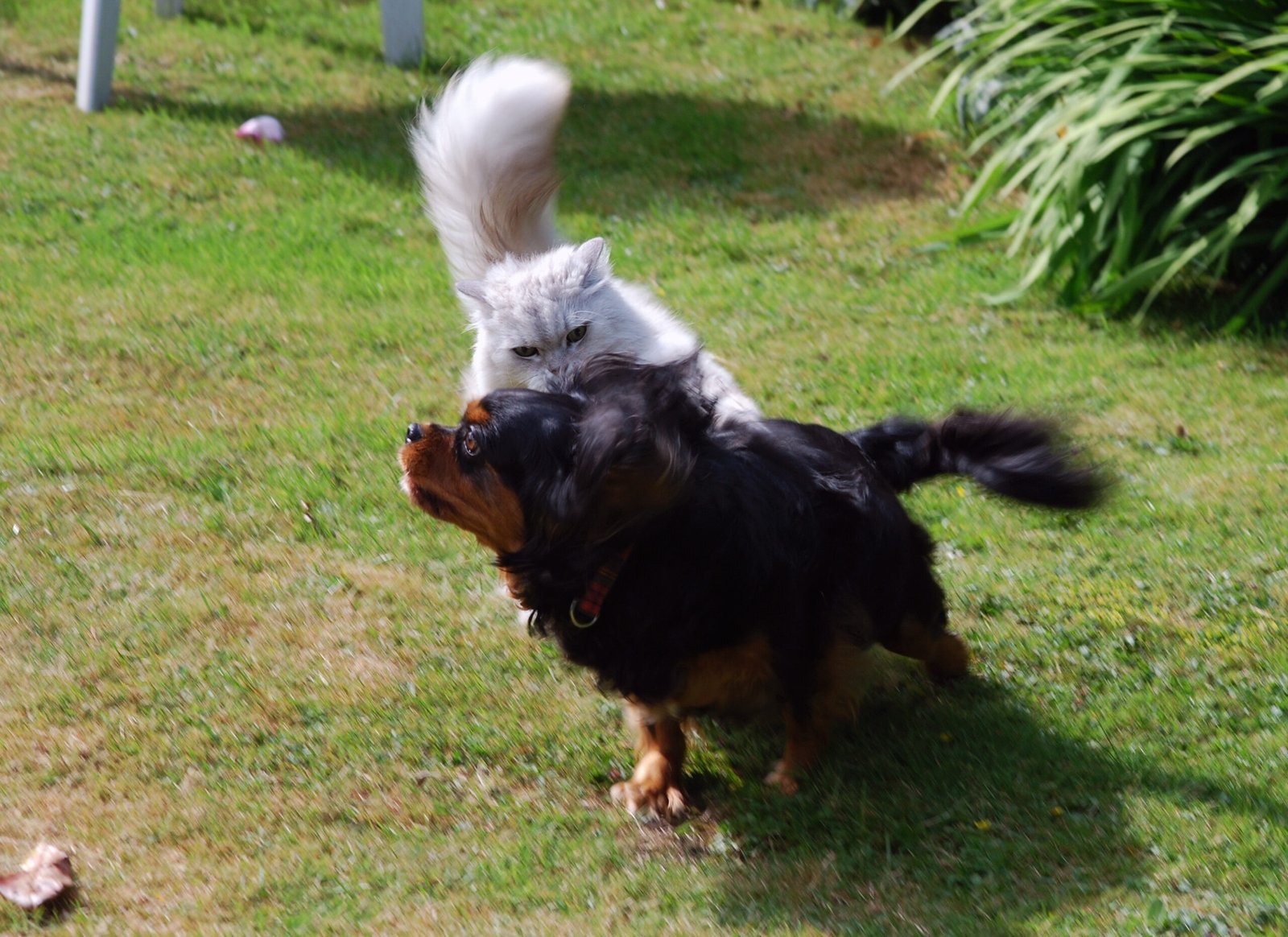
The Cavalier King Charles Spaniel is a small breed with a big heart for friendship, including with cats. They are known for their affectionate nature and gentle temperament, which makes them perfect companions for felines. These dogs thrive on companionship and are often eager to form bonds with other animals. Their calm demeanor and love for cuddling make them a great match for a cat that doesn’t mind sharing space. The Cavalier’s adaptability allows them to fit into various homes, ensuring that both dog and cat can live harmoniously.
Basset Hound: The Laid-Back Buddy
Basset Hounds, with their droopy eyes and long ears, are famous for their laid-back attitude. This breed is generally unflappable, making them less likely to be bothered by a cat’s antics. They are known for their loyalty and calmness, which can be comforting to a cat in the same household. Bassets enjoy lounging and are not overly energetic, which aligns well with a cat’s lifestyle. Their easygoing nature allows them to coexist peacefully with cats, leading to a serene home environment.
Beagle: The Curious Explorer

Beagles are known for their curious and friendly disposition. They are social animals that enjoy the company of others, including cats. Their playful nature can sometimes be a source of fun for feline friends, as both animals can engage in playful explorations together. Beagles have a natural inclination to befriend other animals, which can lead to a strong bond with a cat. Their manageable size and friendly demeanor make them a great addition to homes with cats, ensuring that both dog and cat have an enjoyable living experience.
Collie: The Protective Pal
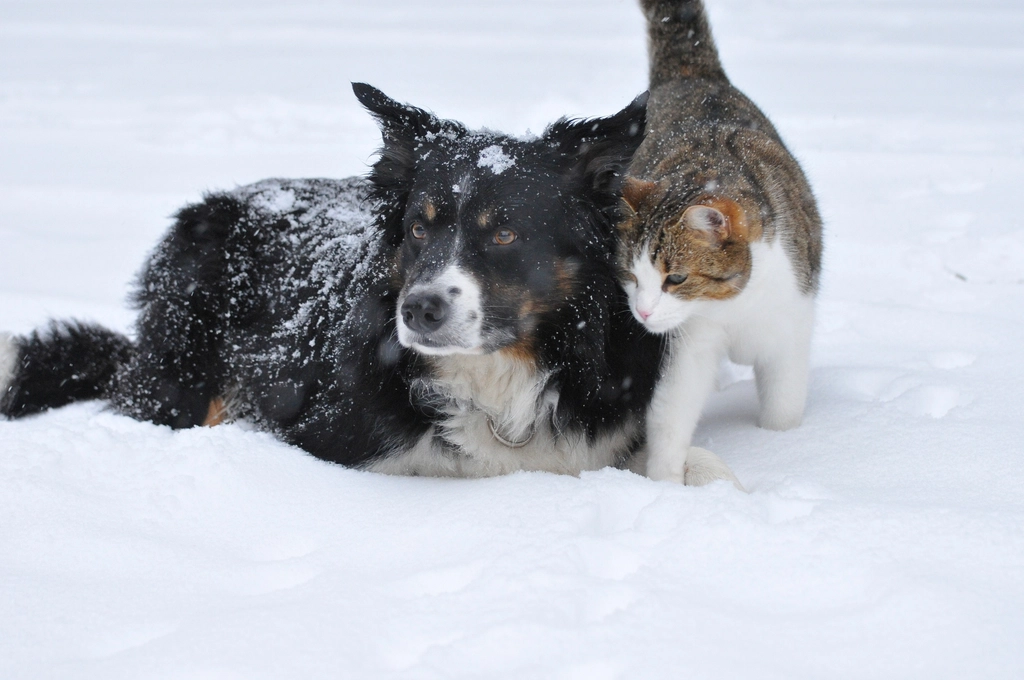
Collies are renowned for their protective and affectionate nature. They are often seen as guardians of the household, and this extends to other pets, including cats. Collies are gentle and intelligent, which allows them to understand the dynamics of a multi-pet household. They can form protective bonds with cats, ensuring their safety and well-being. Their herding instincts can sometimes kick in, but with proper training, they can coexist peacefully with feline companions. Collies’ nurturing nature often results in a harmonious relationship with cats.
Maltese: The Sociable Sweetheart
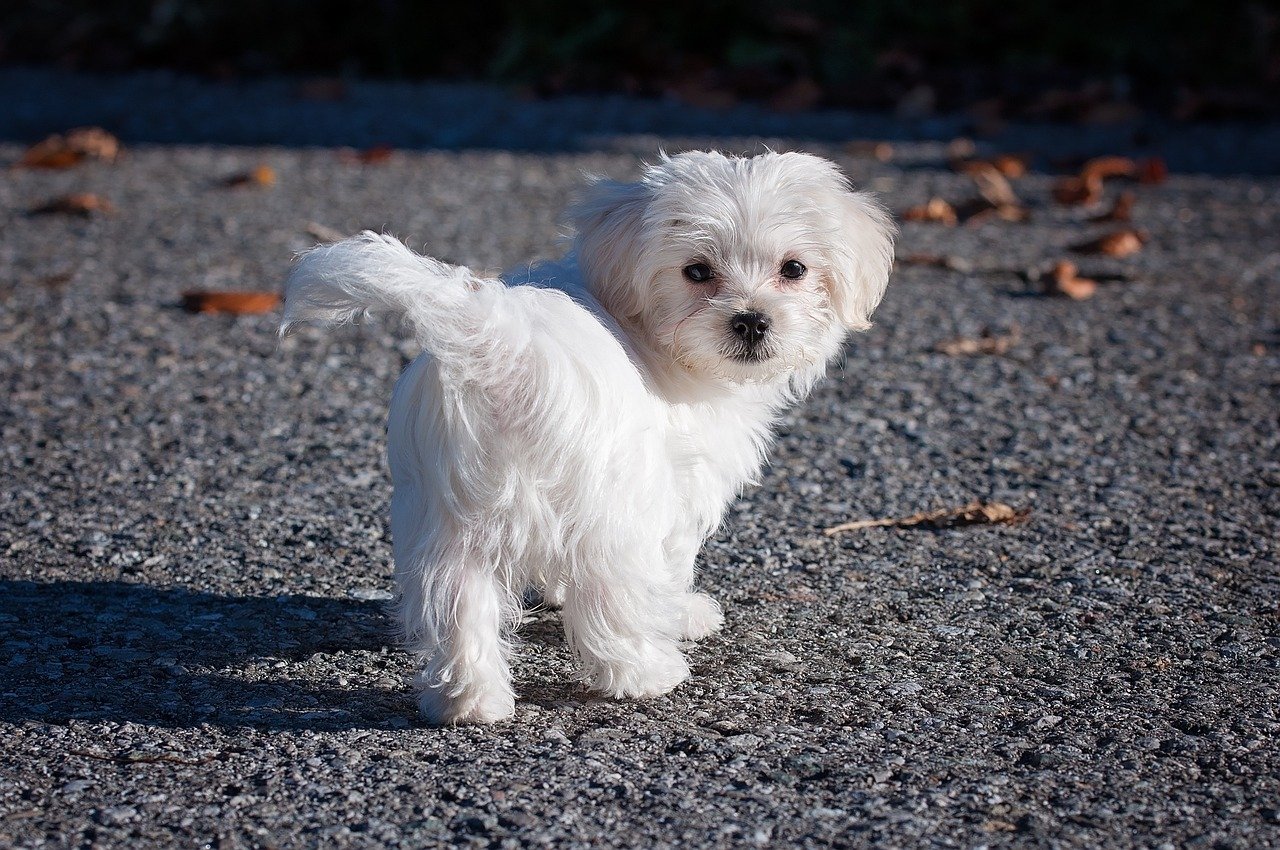
Maltese dogs are known for their friendliness and sociable nature, making them excellent companions for cats. Their small size and gentle demeanor allow them to live comfortably alongside feline friends. Maltese dogs are often eager to form bonds and enjoy the company of other animals. They are adaptable and can easily adjust to the presence of a cat in the home. Their playful yet gentle nature ensures that they can engage in fun activities with cats while maintaining a peaceful coexistence.
Newfoundland: The Gentle Giant
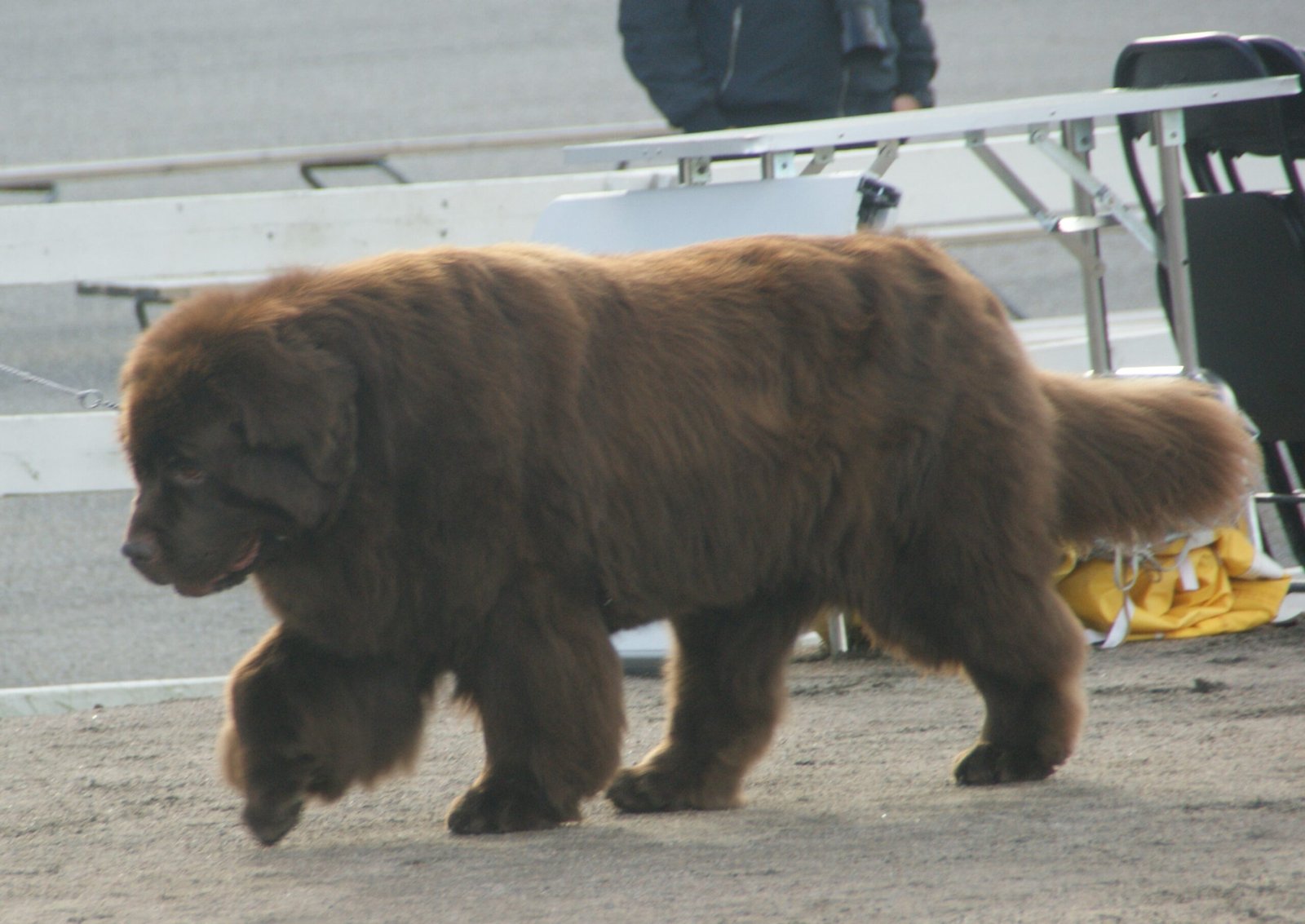
Newfoundlands are often referred to as gentle giants due to their large size and calm, friendly nature. This breed is known for its patience and tolerance, which can make them excellent companions for cats. Despite their size, Newfoundlands are not aggressive and often show a nurturing side towards smaller animals. They have a natural affinity for companionship and can often be seen lounging around with cats. Their protective nature ensures that they can coexist peacefully with feline friends, providing a safe and loving environment.
Boxer: The Energetic Playmate
Boxers are known for their high energy and playful nature, which can sometimes be a hit with cats. They are friendly and outgoing, often eager to make friends with other animals. Boxers’ playful antics can be entertaining for cats, and both animals can enjoy lively interactions. While they are energetic, Boxers are also known for their loyalty and protective instincts, which can lead to a strong bond with a cat. Their friendly demeanor and love for play make them suitable companions for feline friends.
Chihuahua: The Feisty Friend
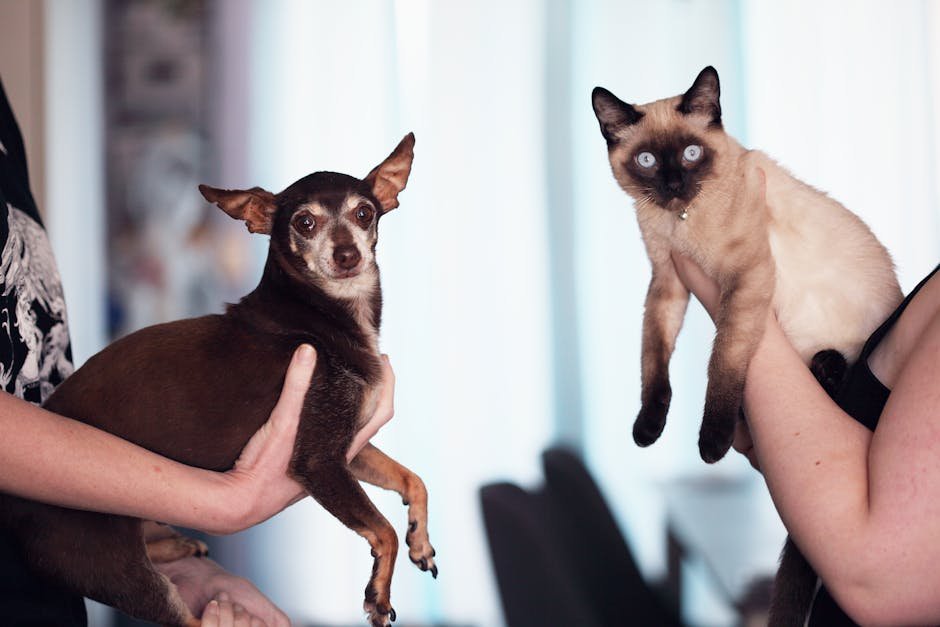
Chihuahuas are small but mighty, known for their lively personalities and sometimes feisty nature. While they can befriend cats, their energetic and sometimes territorial behavior may cause tension. Chihuahuas are fiercely loyal to their families and may view a cat as a competitor for attention. Their small size makes them less intimidating to cats, but their assertive nature can sometimes lead to conflicts. With proper socialization and training, Chihuahuas can learn to coexist with cats, but it requires patience and understanding.
Jack Russell Terrier: The Spirited Sprinter
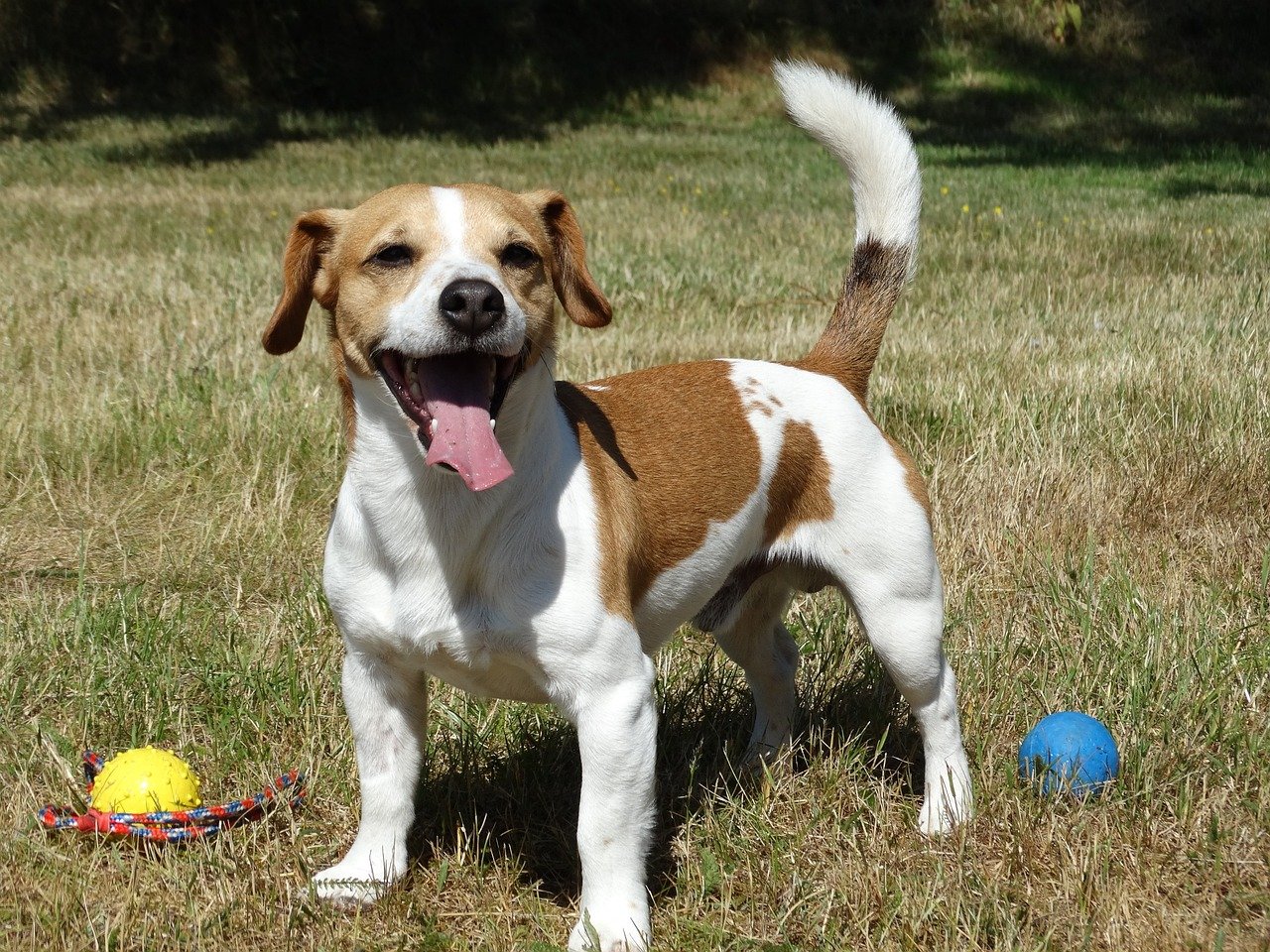
Jack Russell Terriers are known for their high energy and spirited nature. They are natural hunters, and their instincts may drive them to chase cats. This breed is often full of life and excitement, which can sometimes be overwhelming for a cat. Jack Russells need plenty of exercise and mental stimulation, and without it, they may become restless and more prone to chase behaviors. Training and supervision are essential if you have a Jack Russell and a cat in the same household. While they can learn to coexist, it requires effort and consistency.
Greyhound: The Swift Chaser
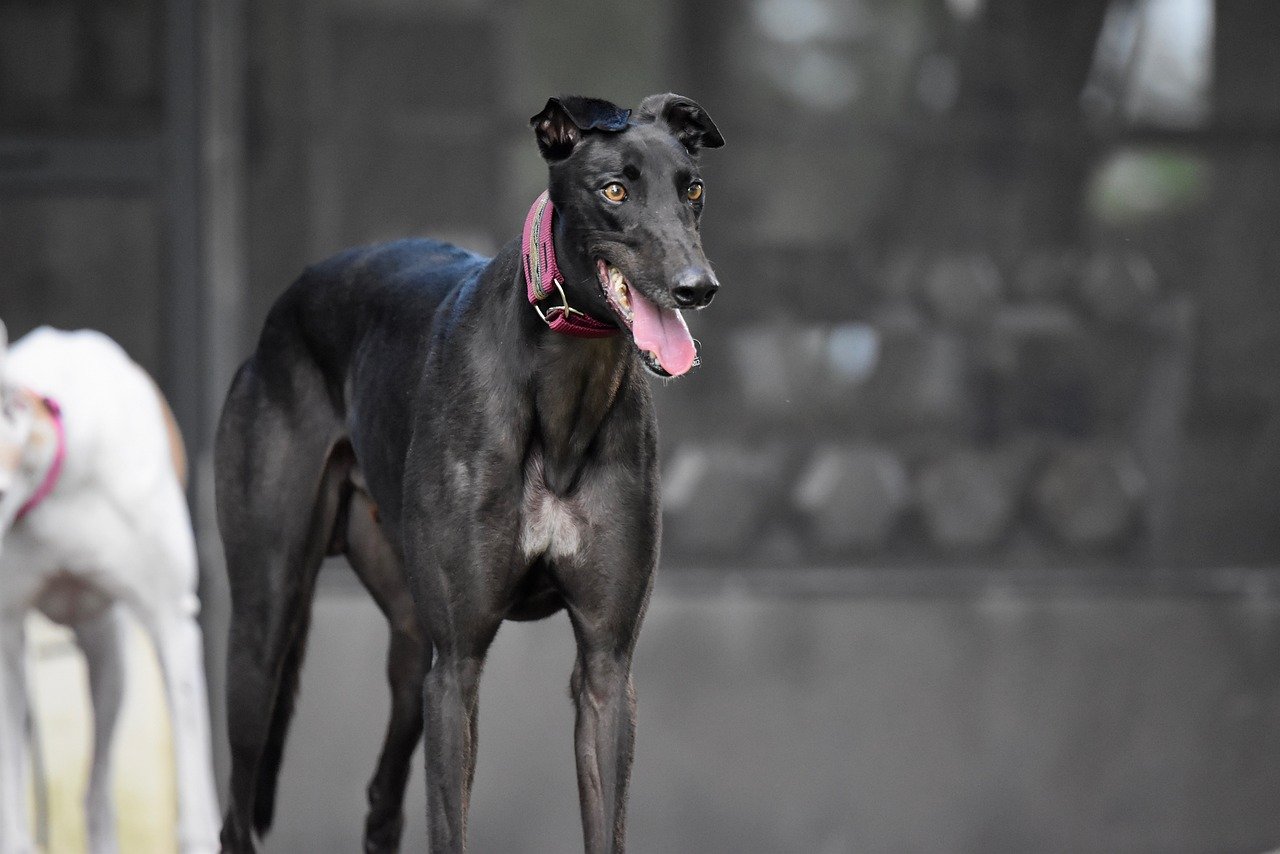
Greyhounds are known for their speed and agility, and their natural instinct to chase can pose a challenge in a household with cats. While they are gentle and affectionate, their prey drive may lead them to see cats as something to chase. Greyhounds require careful introduction and supervision when living with cats. Their calm and laid-back nature can sometimes be a surprise, as they are often content to lounge around. With proper training and socialization, Greyhounds can learn to live peacefully with feline friends, but it takes time and patience.
Weimaraner: The Energetic Hunter
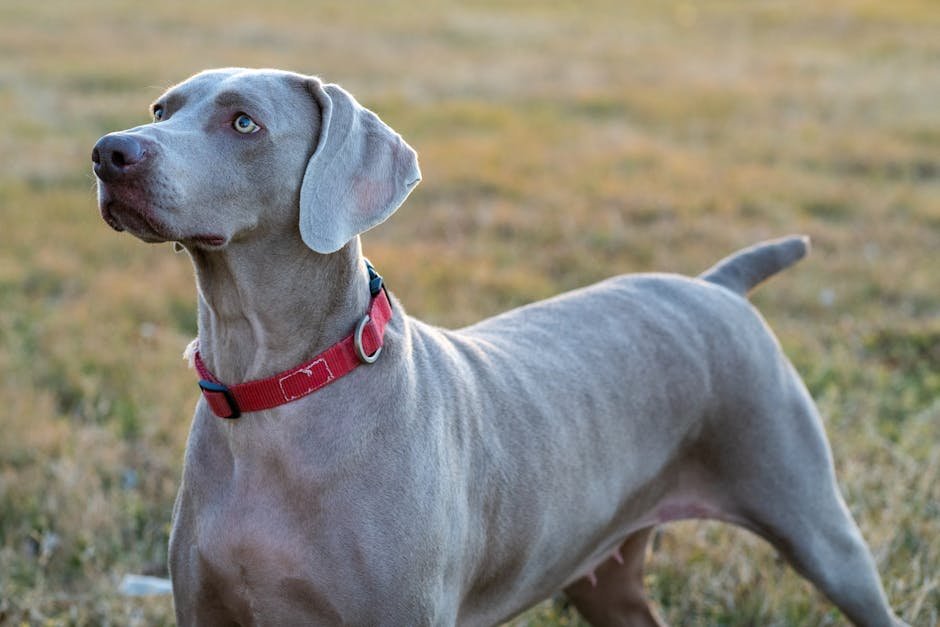
Weimaraners are known for their strong hunting instincts and high energy levels. These traits can make it challenging for them to live harmoniously with cats. Weimaraners are often eager to chase and may see a cat as prey rather than a friend. Their need for exercise and mental stimulation means they require an active lifestyle, which can sometimes clash with a cat’s more relaxed demeanor. Training and socialization are essential if you want to introduce a Weimaraner to a home with cats. It’s possible for them to coexist, but it requires dedication and understanding.
Akita: The Independent Spirit
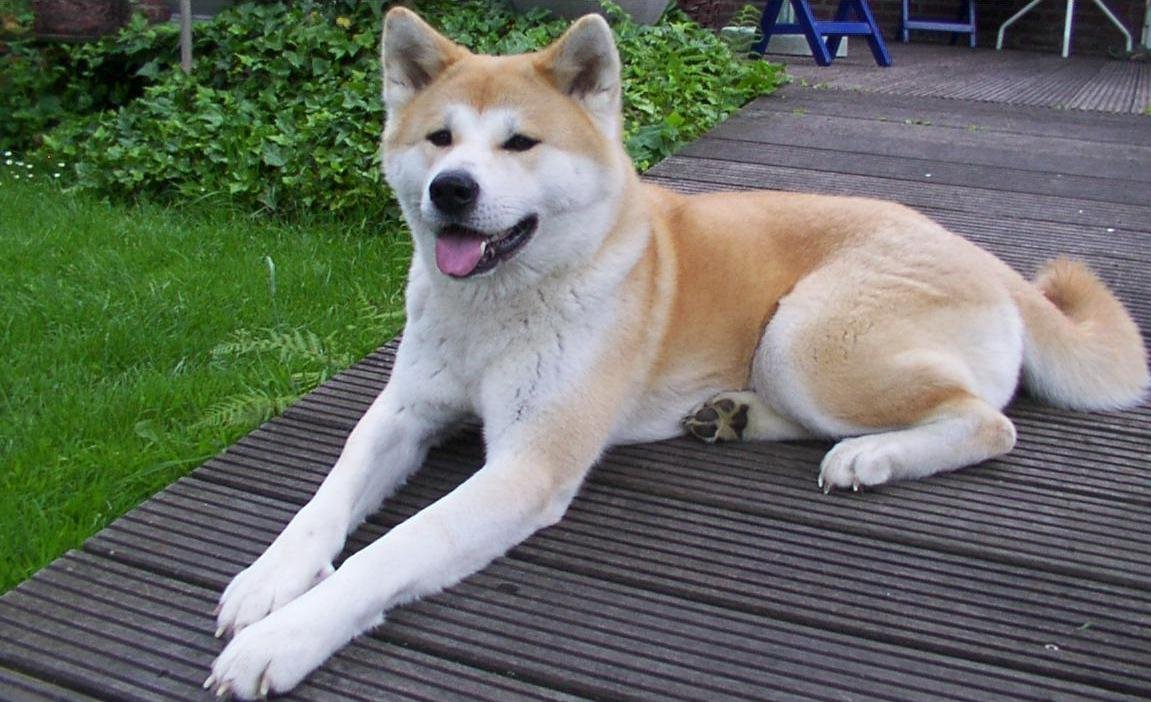
Akitas are known for their independent and sometimes aloof nature. While they can be loyal and protective of their family, they may not always extend this to other animals, such as cats. Akitas have a strong prey drive and may see cats as something to chase or dominate. Their independent nature means they may not always be eager to form bonds with other animals. Training and socialization are crucial if you have an Akita and a cat in the same home. With patience and effort, it’s possible for them to coexist, but it requires understanding and commitment.
Shiba Inu: The Alert Adventurer
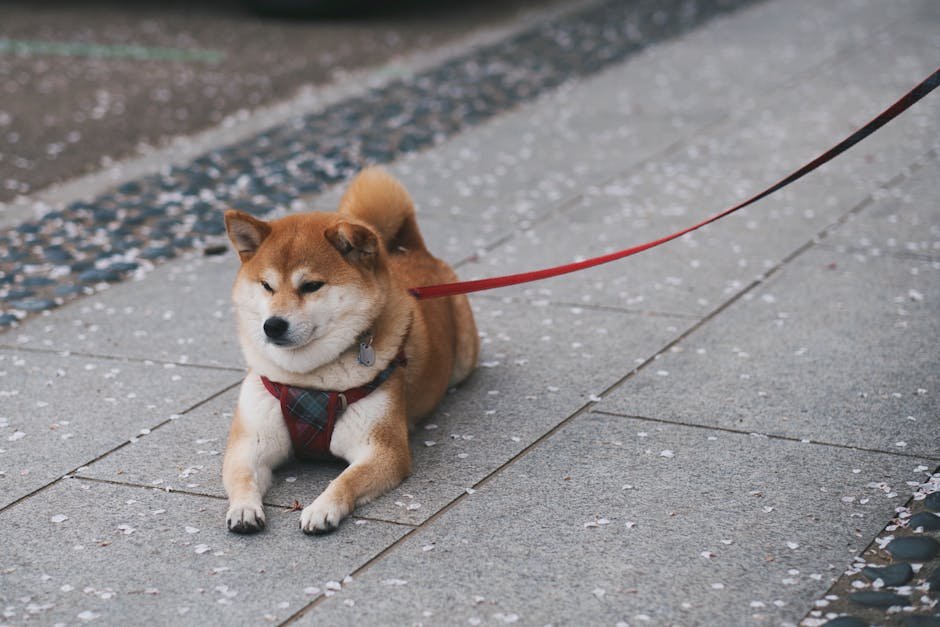
Shiba Inus are known for their alertness and adventurous spirit. While they can be affectionate and loyal to their family, they may not always get along with cats. Shiba Inus have a strong prey drive and may see cats as something to chase. Their independent nature means they may not always be eager to form bonds with other animals. Training and socialization are crucial if you have a Shiba Inu and a cat in the same home. With patience and effort, it’s possible for them to coexist, but it requires understanding and commitment.
Australian Cattle Dog: The Energetic Herdsman
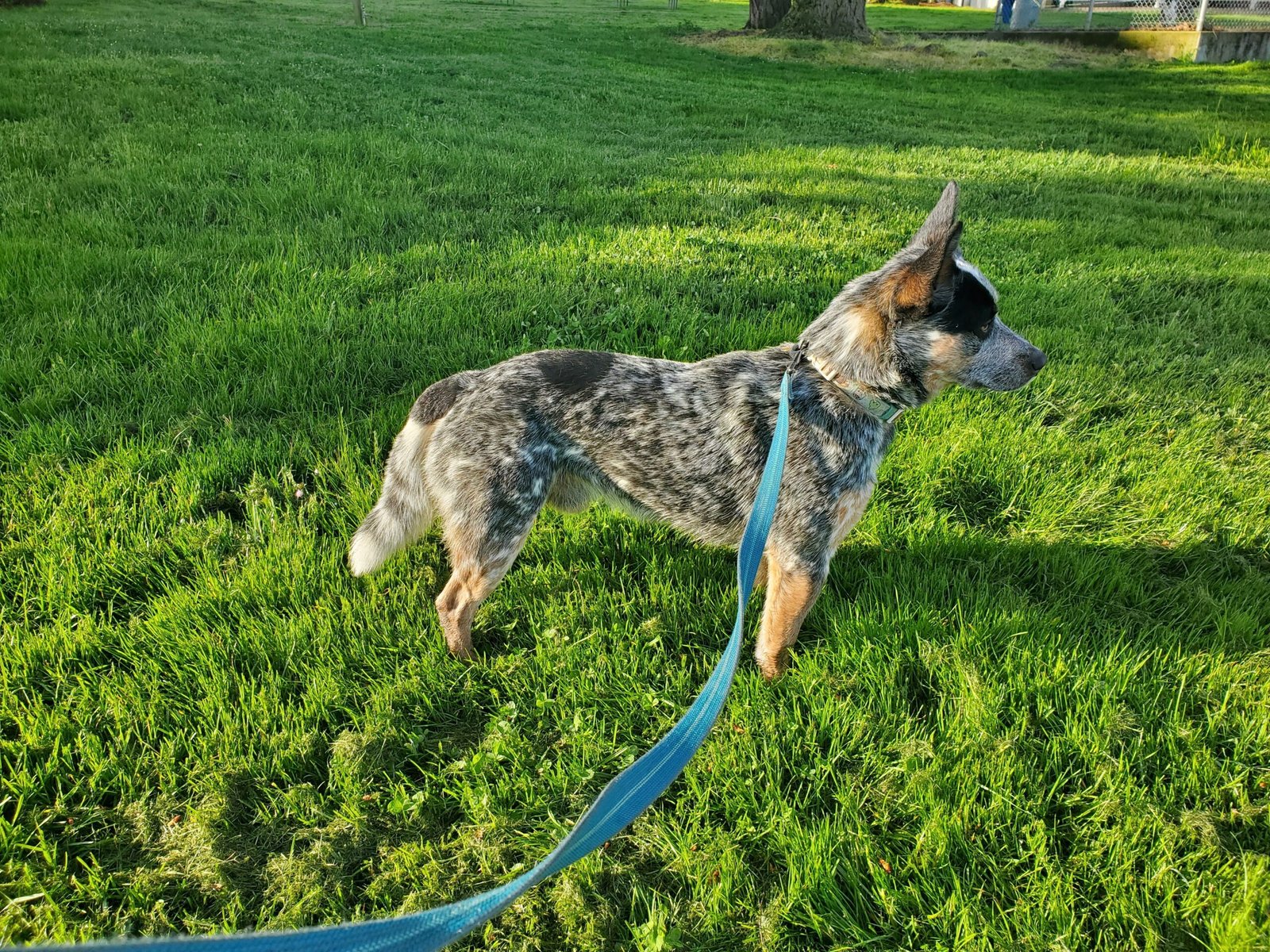
Australian Cattle Dogs are known for their high energy levels and herding instincts. These traits can make it challenging for them to live harmoniously with cats. They are often eager to chase and may see a cat as something to herd or dominate. Their need for exercise and mental stimulation means they require an active lifestyle, which can sometimes clash with a cat’s more relaxed demeanor. Training and socialization are essential if you want to introduce an Australian Cattle Dog to a home with cats. It’s possible for them to coexist, but it requires dedication and understanding.
Doberman Pinscher: The Loyal Guardian
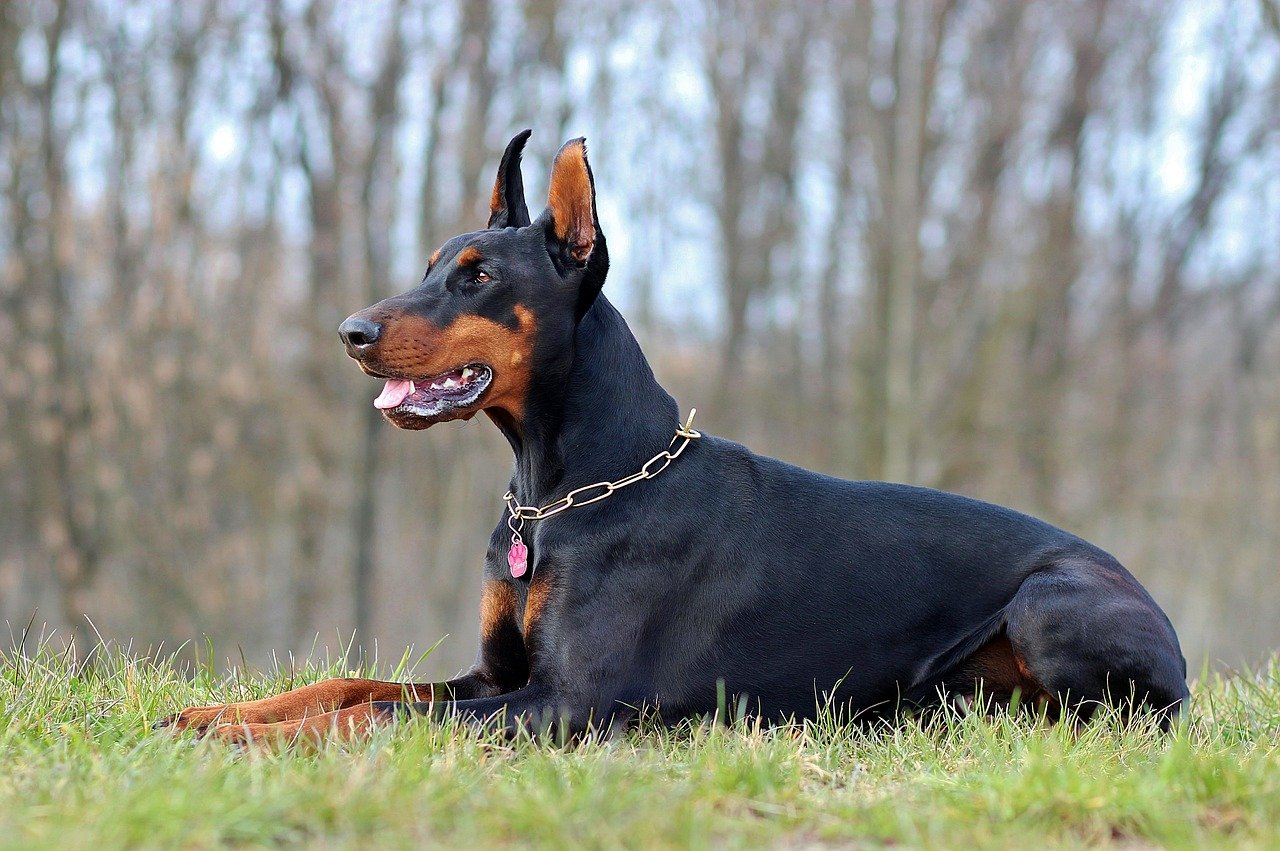
Doberman Pinschers are known for their loyalty and protective nature. While they can be affectionate and loving with their family, they may not always extend this to other animals, such as cats. Dobermans have a strong prey drive and may see cats as something to chase or dominate. Their protective nature means they may be wary of other animals in the home. Training and socialization are crucial if you have a Doberman and a cat in the same home. With patience and effort, it’s possible for them to coexist, but it requires understanding and commitment.
Dalmatian: The Energetic Performer
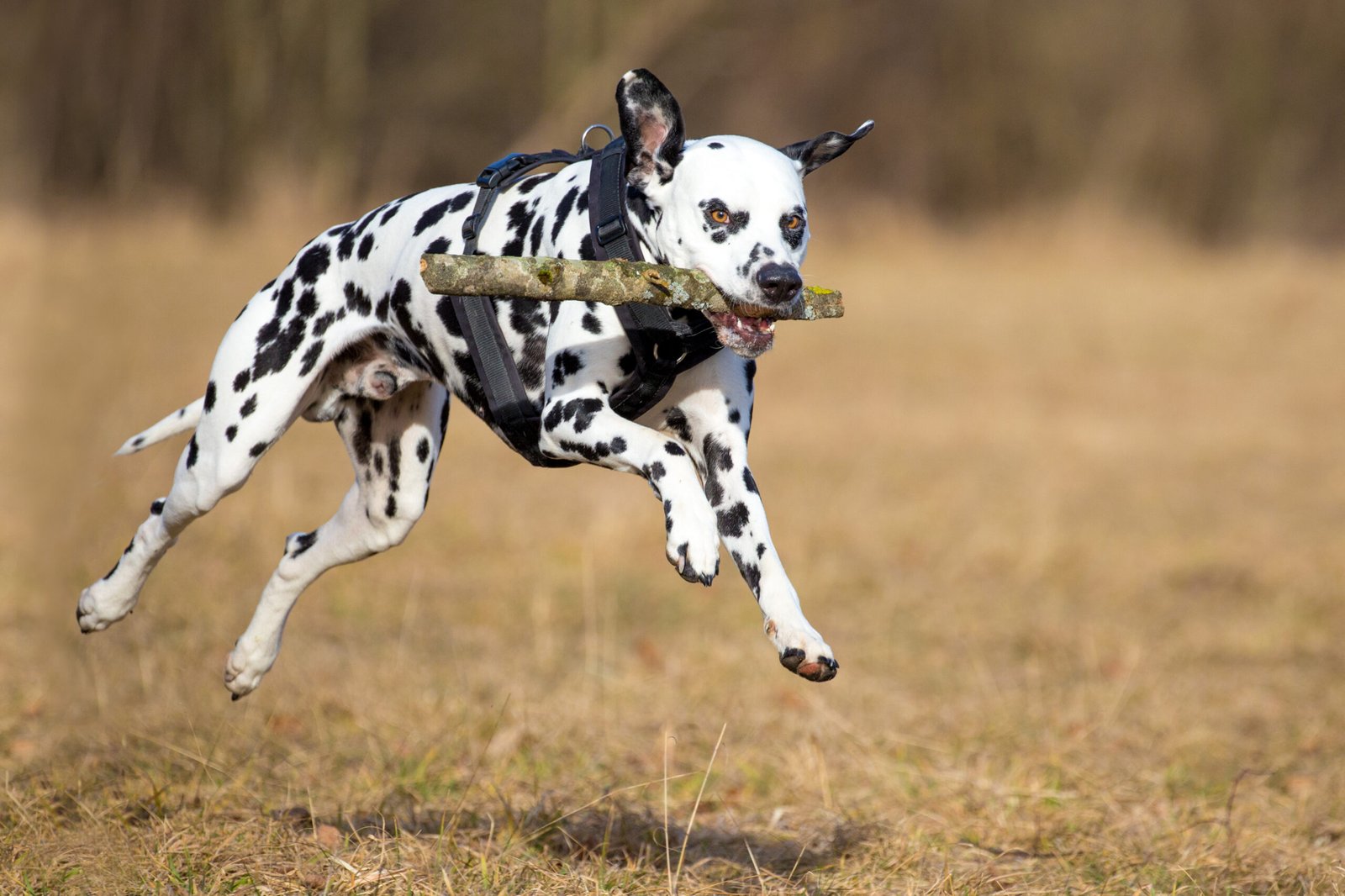
Dalmatians are known for their high energy levels and playful nature. While they can be affectionate and loving with their family, they may not always get along with cats. Dalmatians have a strong prey drive and may see cats as something to chase or dominate. Their need for exercise and mental stimulation means they require an active lifestyle, which can sometimes clash with a cat’s more relaxed demeanor. Training and socialization are crucial if you have a Dalmatian and a cat in the same home. With patience and effort, it’s possible for them to coexist, but it requires understanding and commitment.
Siberian Husky: The High-Energy Chaser
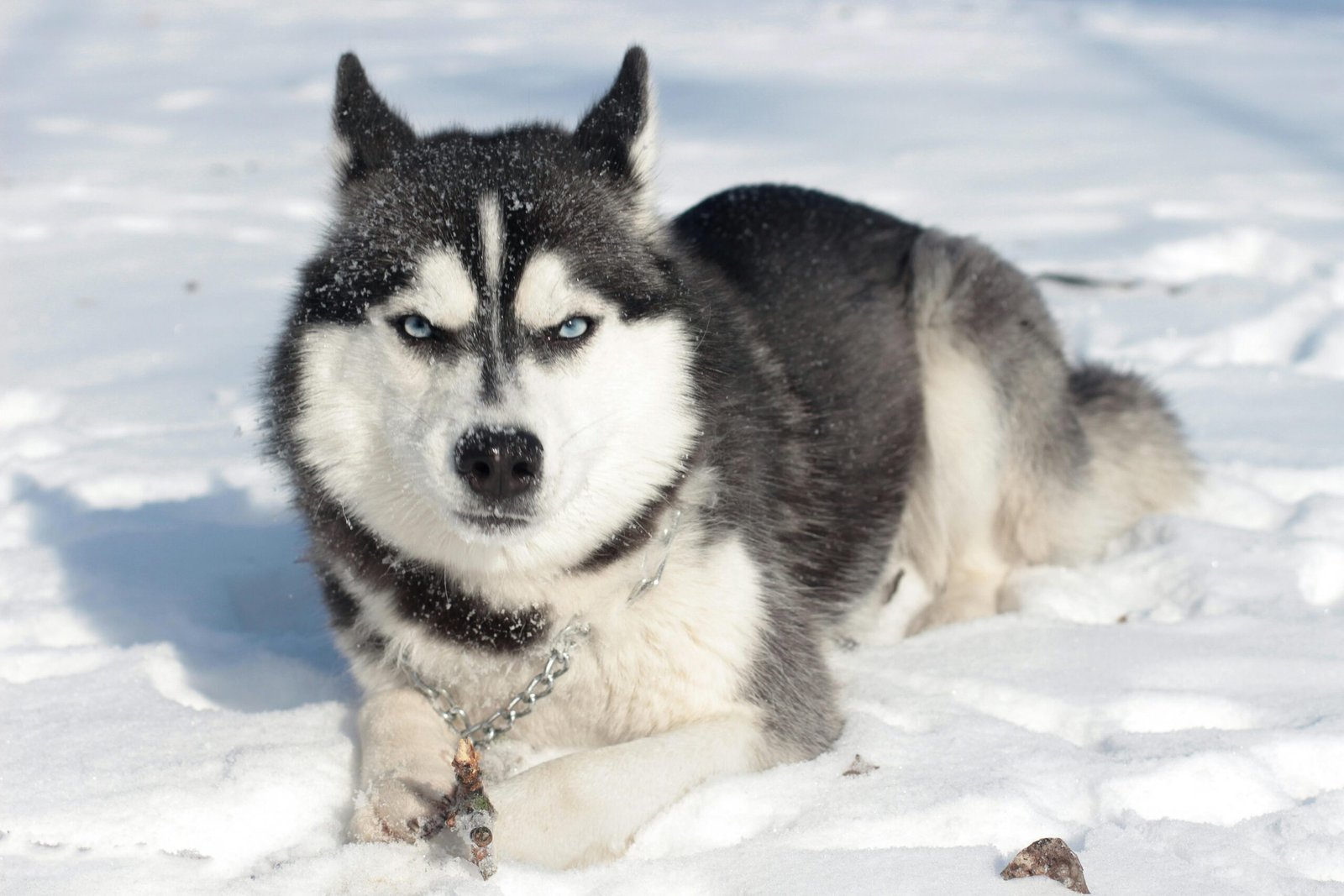
Siberian Huskies may be playful and friendly, but their strong prey drive often makes living with cats a tricky situation. Bred to work and chase, these energetic dogs see smaller animals — like cats — as something to pursue. While every dog is unique, most Huskies are better suited to homes without feline friends.
Understanding the dynamics between different dog breeds and cats is essential for anyone looking to create a harmonious multi-pet household. While some breeds are naturally inclined to befriend cats, others may struggle due to their instincts and energy levels. By recognizing the inherent traits of each breed, dog lovers can make informed decisions that will ensure both their canine and feline friends live happily together. It’s important to remember that, with patience, training, and socialization, many dogs can learn to coexist peacefully with cats, leading to a home filled with love and companionship.
Jen is a passionate nature lover and ocean conservationist. She has dedicated her life to protecting the environment and preserving the beauty of the natural world. Growing up in a small coastal town, Jen sincerely appreciated the ocean and its inhabitants. She has spent countless hours exploring the shoreline, learning about the creatures that inhabit the waters, and advocating for their protection. Jen is an active member of ocean conservation organizations, and she is committed to educating the public about the importance of conserving wildlife and the natural environment.

